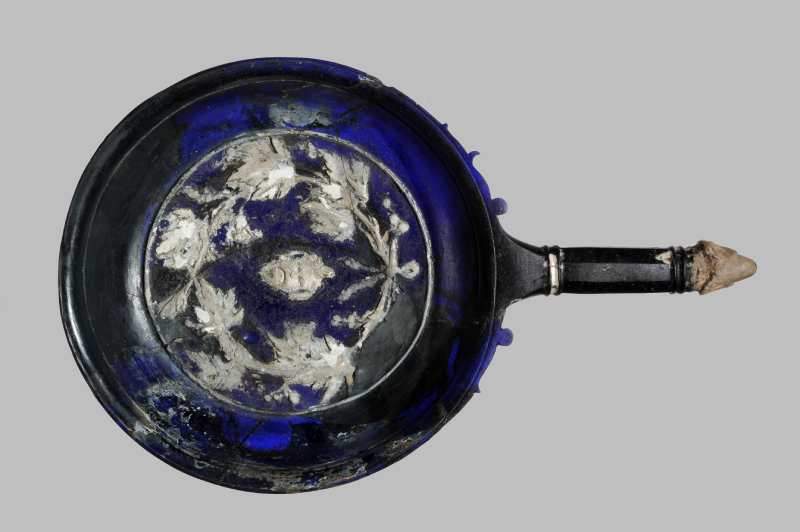Naples, a section at MANN recounts daily life in Pompeii and Herculaneum in antiquity
After rearrangement work, the collection on objects of daily life in Vesuvian cities reopens at the National Archaeological Museum in Naples. The five rooms adjoining the Sundial are once again usable and are presented with the previous exhibition criterion (in use since the end of the 19th century and focused on the category of materials, forms and functions of the finds), but there are three important innovations: theexpansion of the number of objects on public display, including the splendid cameo glass patera in white and blue (never exhibited before and coming from the storerooms: datable to a period between the 1st century B.C. and the 1st century A.D, comes from the House of the Tragic Poet in Pompeii, and was, in all likelihood, of decorative value and denoted the status and prestige of its owner), the restyling of the showcases, and theupdating of the educational and informative apparatus. The five rooms, 85 to 89, house more than five hundred artifacts dating from the end of the first century B.C. to the eruption of 79 A.D.
A new nucleus of votive terracottas (about ten pieces from Pompeii) will be included in the exhibition focus on domestic religion, and the selection of bone and ivory objects will be updated. The visit itinerary will be divided into five different segments, each represented by a room: surgical instruments, lararium tools, oil lamps, furniture items (room 89); glazed pottery, bone and ivory (room 88); bronze pottery and silverware from the House of Menander (room 87); and glassware (rooms 86-85; numbering is assigned in reverse to the visit itinerary). The educational apparatus will be deepened in content (English translation is also planned, which was not realized in the previous layout) and will be made simpler and more appealing in graphics: in harmony with the Magna Grecia collection, the panel designs will be signed by Silvia Pertile. The restyling work, conducted, as anticipated, also on the display cases, will result in a better enjoyment of the exhibits, in terms of lighting and overall presentation of the works.
“There is more Pompeii from today at the MANN,” comments the museum’s director, Paolo Giulierini. “In the ’new’ section dedicated to the daily life of the Vesuvian cities, reopened in record time after two months, find a place for never-before-seen finds. Like the extraordinary blue and white cameo glass dish, numerous terracottas and precious furnishings have ’emerged’ from storage, our immense ’deposit’ finally the subject of a historic rearrangement. A work that can almost be described as excavation and research, and which parallels that of the in-house Restoration Laboratory. Even richer, this unique collection, from pottery to silverware, from surgical instruments to musical instruments, reveals to us the taste for beauty and also the domestic customs of women and men two thousand years ago. The rearrangement made with passion by our archaeologists will accompany the wonder of visitors with greater clarity and simplicity.”
Pictured: the blue and white cameo glass patera from the 1st century B.C.-I century A.D.
 |
| Naples, a section at MANN recounts daily life in Pompeii and Herculaneum in antiquity |
Warning: the translation into English of the original Italian article was created using automatic tools. We undertake to review all articles, but we do not guarantee the total absence of inaccuracies in the translation due to the program. You can find the original by clicking on the ITA button. If you find any mistake,please contact us.




























